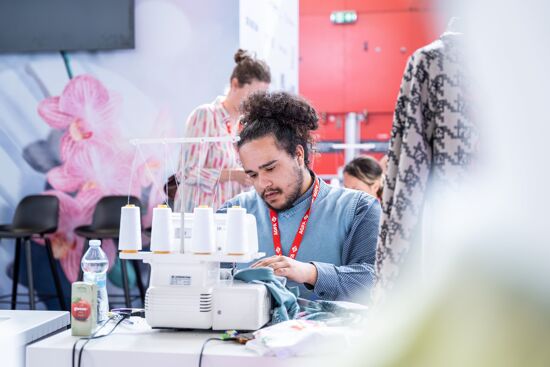Consumer pressure for packaging recyclability works

Packaging printers are under constant pressure to improve their environmental footprints. But it’s generally the brands who get it in the neck from consumer groups pressuring for change. That is likely to be the case for a while, although it isn’t necessarily a safe assumption to think printing companies are immune.
In the UK recently an environmental group managed to prevent three newspaper printing plants from getting their papers out to newsagents. The protesters’ gripe was not on the basis that printing is bad for the environment, but that the national press does not provide enough coverage of environmental concerns.
This isn’t really fair because packaging has had extensive media coverage, in print and elsewhere. There is a close correlation between the number of stories in the news and the enthusiasm of consumers to start flexing their collective muscle in many geographies. They want to improve the dismal rates of packaging recyclability and this forces brands to consider how they can redesign their packaging to be easier to recycle.
The tube used to package Pringles crisps is a case in point. Its design presents considerable difficulties for recycling. The package consists of a metal base and metal tear-off lid, plus a foil laminated cardboard sleeve and a plastic cap. This points to one of the biggest limitations for packaging design: complex packaging such as the Pringles tube is too hard to separate into its component parts, so it cannot be recycled economically. The Pringles example is an extreme one, but even for less complex packaging, balancing functionality with recyclability is tricky, to say the least.
But there are obvious things to avoid when designing a package. Plastic netting for instance is hard to recycle and can get snagged in sorting and recycling machinery. Laminates such as those used for crisp packets and chocolate should be avoided. Chocolate can be packaged in separate aluminium and paper layers without risk of degradation.
Plastic in general is obviously a no-no. Most important of all is that packaging designs include clear recycling instructions on the package. Consumer awareness of recyclability is rising and with it the desire to minimise waste packaging. This is an opportunity both for innovative packaging designers and for brands who want to reassure their customers and encourage their loyalty.
Source Information: This article was produced by the Verdigris Project, an industry initiative intended to raise awareness of print’s positive environmental impact. This weekly commentary helps printing companies keep up to date with environmental standards, and how environmentally friendly business management can help improve their bottom lines. Verdigris is supported by the following companies: Agfa Graphics, EFI, Fespa, Fujifilm, HP, Kodak, Miraclon, Ricoh, Spindrift, Splash PR, Unity Publishing and Xeikon.
Topics
Interested in joining our community?
Enquire today about joining your local FESPA Association or FESPA Direct
Recent news

Are analytics services worthwhile for wide format printing?
Nessan Cleary shares how press manufacturers are increasingly offering machine analytics services and shares if these are good value for money in the wide format sector.

Smart factories and customisation technology explored at Personalise Make Wear 2024
FESPA's Textile Ambassador, Debbie McKeegan speaks to industry specialists at Personalise Make Wear at Personalisation Experience and Sportswear Pro 2024 held in Amsterdam. Each day of the exhibitions Debbie hosted a fire-side chat with these specialists to discuss various industry topics. During this Fire-side chat with Antigro, Caldera, Print Logistics, Inkcups and Kornit Digital they discuss the role of digital technologies in personalisation, reshaping the supply chain, the future of manufacturing and more.

The pros and cons of Digital Signage and Printed Signage
Sonja Angerer discusses the pros and cons of both digital signage and printed signage. Current developments such as artificial intelligence and spatial computing are changing the situation once again. How will this shift affect printers?
